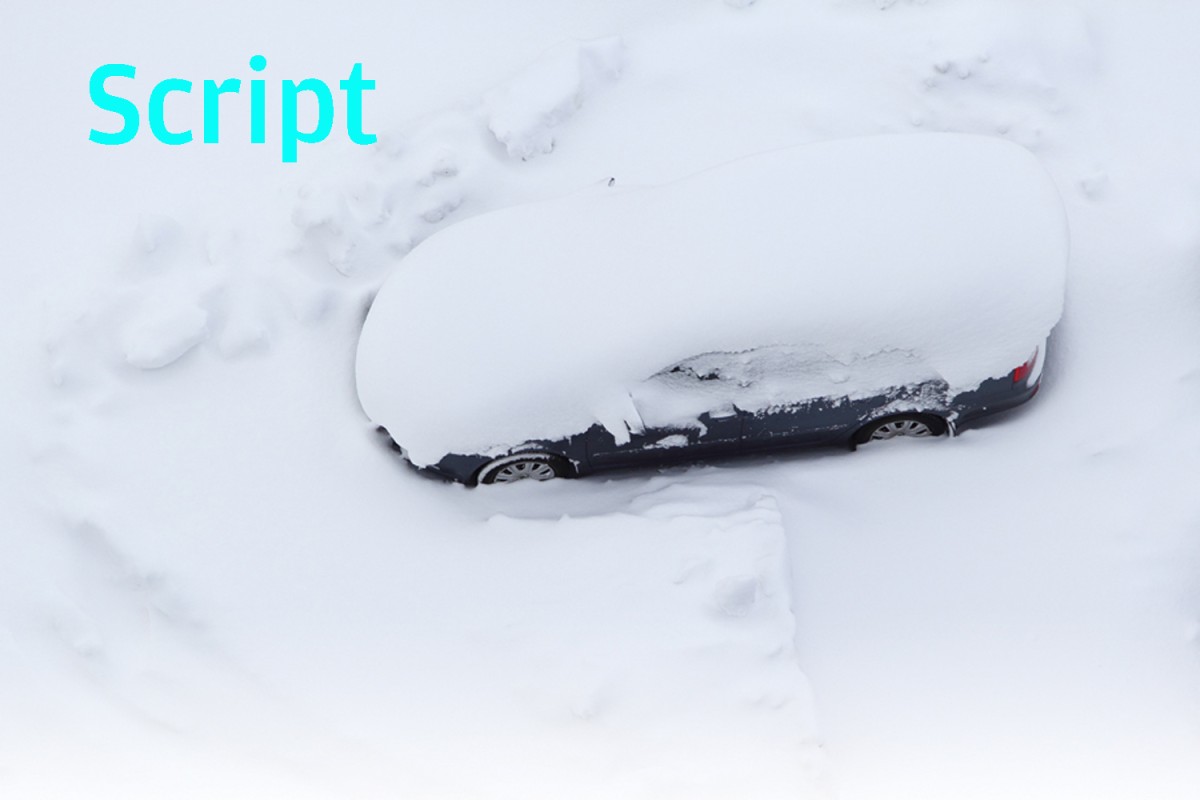
Every year, thousands of refugees from around the world head to the United States to start a new, safer life. But there are lots of things they have to get used to – especially the weather.

Voice 1: Every year, the US accepts tens of thousands of refugees from all over the world to come and settle in American cities and towns. The refugees are usually fleeing from wars or political persecution and come to America for a better and safer life.
Voice 2: And annually out of the total number of refugees granted permission to settle in America, about two thousand go to the state of Minnesota, the twelfth largest state in the US.
Voice 1: Minnesota, the land of ten thousand lakes, is the second northernmost state, and in the depths of winter the temperature drops as low as minus fifty degrees celsius. The average winter temperatures across Minnesota are always well below freezing.
Voice 2: Annual snowfall can range between twenty-five centimetres in the south to four hundred and thirty centimetres in the north of the state. That's an awful lot of snow! In the rest of America, Minnesota is known as 'the ice-box of the nation'.
Voice 1: Adapting to the severe winter conditions is one of the biggest problems refugees face when they settle in Minnesota. It's tough because they have usually come to America from hot countries like Somalia or Myanmar.
Voice 2: Integration is never easy for any new arrivals, but getting used to winter in Minnesota is an extra problem that refugees have never even thought about when they arrive. But help is always at hand. The Minnesotan authorities regularly meet with shocked refugees who have no idea what living with ice and snow entails.
Voice 1: Ehsher Mu came to Minnesota after spending all twenty-four years of his life in a refugee camp in Thailand. He arrived at the beginning of this winter wearing a pair of flip-flops, the only footwear he had ever known.
Voice 2: The day after his arrival, Mu attended a winter survival class in his new home city of St Paul. The first thing he was given was a pair of snow boots. Whatever were these clumpy, heavy things? How could he possible walk wearing them? This was just the beginning of a long resettlement programme for Mu and the other refugees in the class.
Voice 1: The International Institute of Minnesota runs courses to help settle refugees into the Minnesotan way of life, and much of the teaching time is spent on how to deal with winter. Refugees are taught how to walk safely on ice, how to use a thermostat and what sort of clothing to wear to keep out the winter cold. The courses are not only about survival. They are also about fun as refugees are shown how to ice skate and how to build a snowman.
Voice 2: The first lesson on how to cope with freezing temperatures is always about what to wear and the importance of wearing several layers of warm clothing. The refugees are always shown photos of what frostbite looks like, and it's not pretty. Every bit of your body must be covered up if Jack Frost isn't going to attack.
Voice 1: Next comes how to walk cautiously on ice-covered pavements. Look down as you are walking and if you slip, don't break your fall with your hands. Try and land on your bottom. Easier said that done when your feet suddenly slip away from you and you feel yourself tumbling. It is quite amusing to see a group of newly arrived refugees gingerly shuffling across the car park outside community centres. But it's all deadly serious. They are learning important survival skills.
Voice 2: But despite all the hardships and surprises thrown up by the winter weather, thousands of refugees from hot countries successfully make a new home in Minnesota every year. Armed with snow shovels and ice-scrapers, and wearing layers of warm clothing, they slowly become Minnesotan even if it is by taking one careful step at a time to make sure they don't fall over on the ice.
